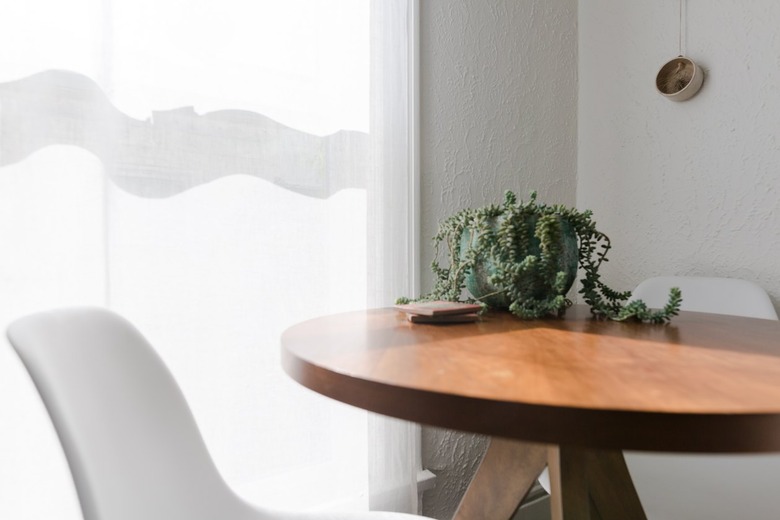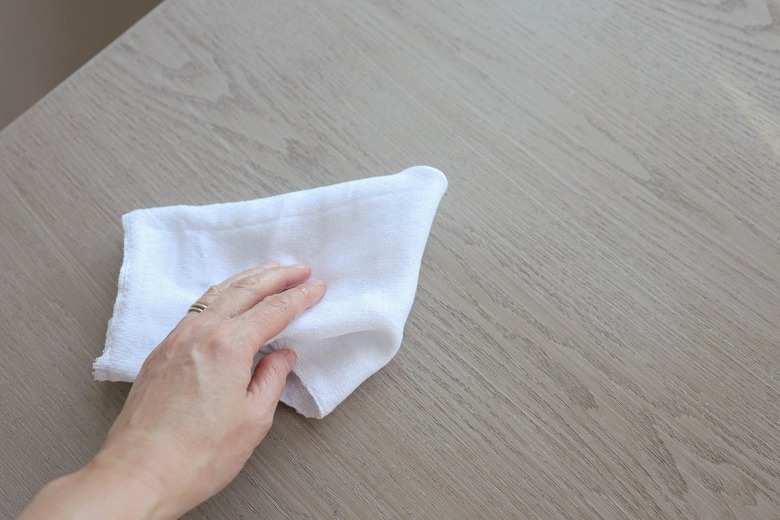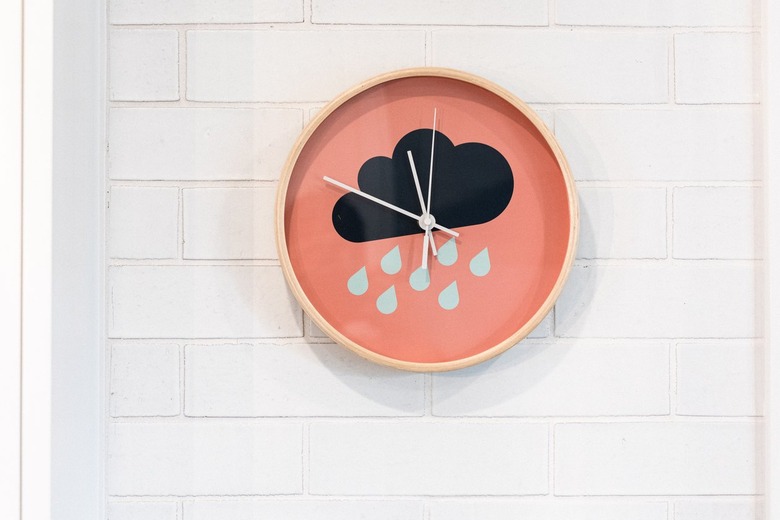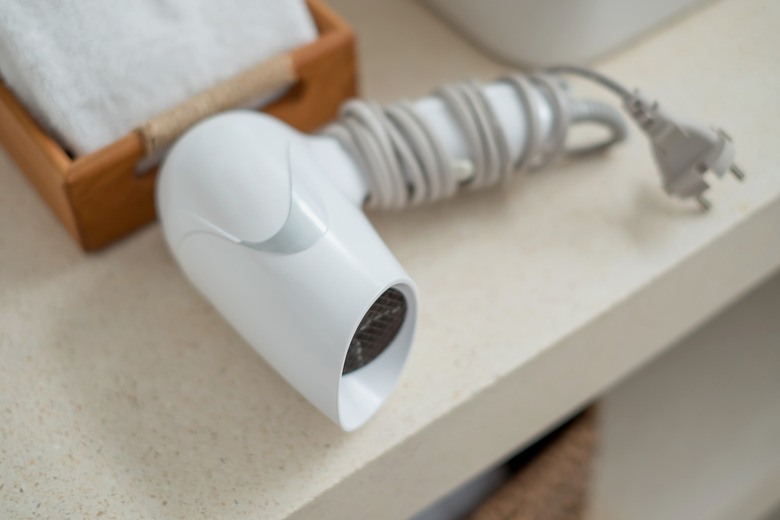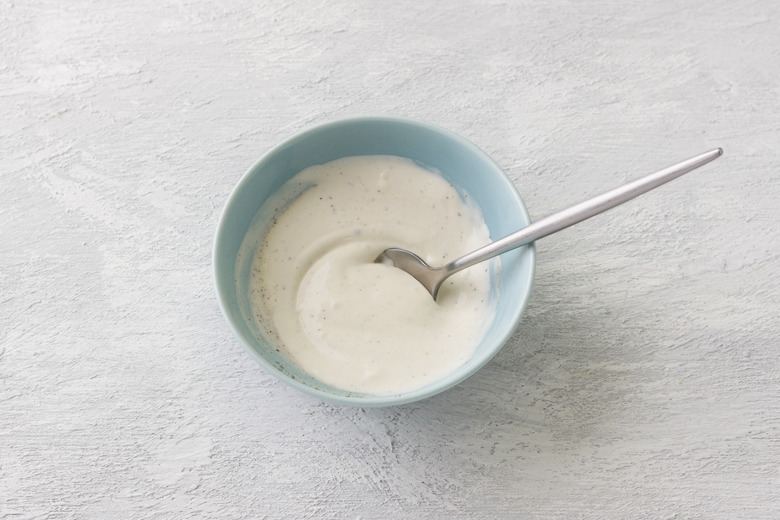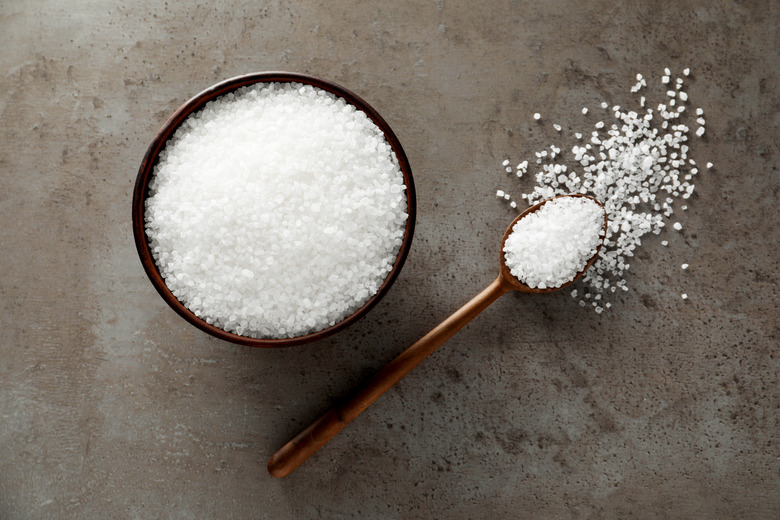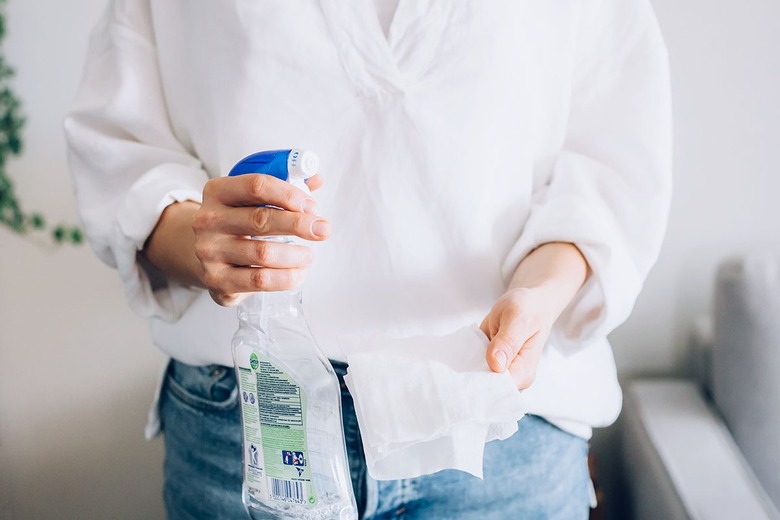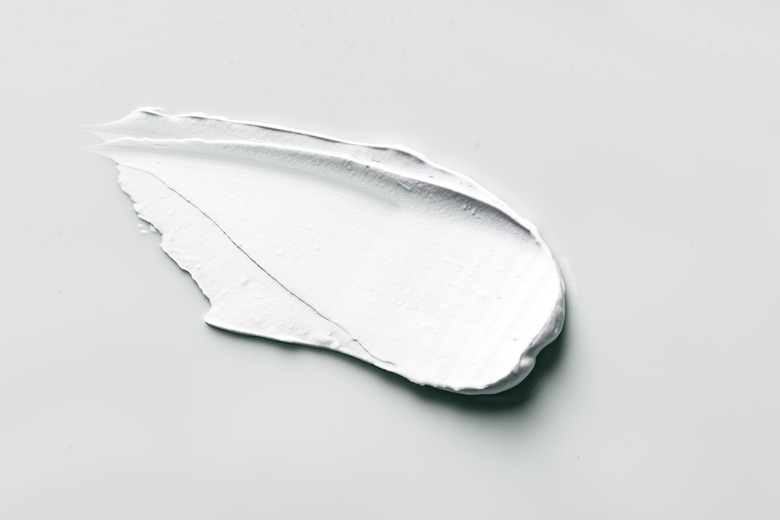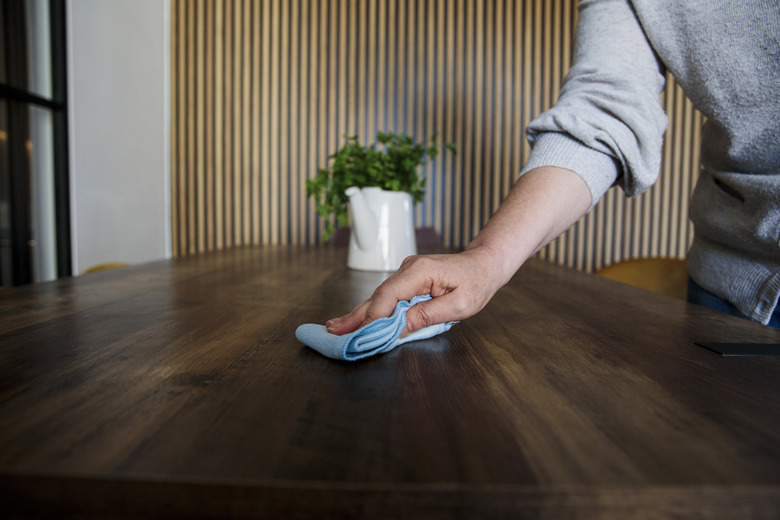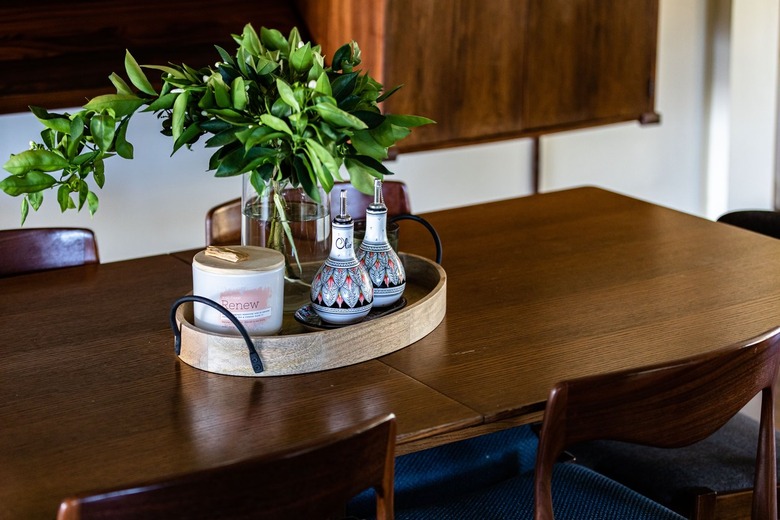How To Remove White Stains From Wood Furniture
If you notice a white stain on wood furniture in your home, it is most likely a result of moisture penetrating the wood's finish. Fortunately, a milky white discoloration in your finish is usually easy to repair and doesn't require refinishing the wood. Here's why wood turns white when it gets wet and how to remove different types of stains from wood furniture.
What Are the White Stains on Wood Furniture?
What Are the White Stains on Wood Furniture?
If you're wondering why wood turns white when wet or what causes a white film to appear on furniture, the answer to both questions is the same: the milky stain isn't actually in the wood; it's caused by moisture getting trapped in the finish. The good news is that if you see white marks on your oak, birch, maple, or other wood furniture, the issue is in your finish, not in the wood. If moisture gets into the wood itself, you won't see white spots on the surface; instead, you'll see dark water rings or spots below the finish.
What Causes White Stains on Wood?
What Causes White Stains on Wood?
Moisture causes white stains on furniture, but the cause could be spilled liquids, condensation, or heat. Spills and condensation on cold items seep directly into finish, and the trapped moisture is why wood turns white when wet.
Heat damage is not quite the same, as the hot surface opens the pores of the wood, allowing steam to enter the finish. While heat damage may seem different than liquid entering the wood directly, the result is the same — moisture in the finish.
Because these white marks are all caused by moisture, the repair process is the same whether the damage was caused by heat, cold, or spills — or if the furniture is made from oak, pine, mahogany, or any other type of wood.
The one exception to this rule is when the white marks were caused by rubbing alcohol spills. Alcohol is a solvent, which means these white marks are not the same as moisture marks because they involve a softening of the finish itself. Even so, many methods used to remove a white stain on wood caused by moisture can also work on a milky blob caused by rubbing alcohol.
How to Clean White Stains on Wood
How to Clean White Stains on Wood
To fix a milky clear coat on wood, start with the most basic methods and work up to the more aggressive techniques as needed. If at any time you notice the finish starts to become sticky or tacky, stop what you are doing and try another solution. Here are several ways to remove white stains on wood.
Just Wait a While
Newer wood finishes are less porous than those used 50 years ago. Always wipe up spills and condensation as soon as you notice them. If you have a newer piece of furniture, a small white stain on wood will likely evaporate and disappear overnight.
If you have an older piece of furniture that has not been refinished recently, do not wait to address the issue. Try a heat-based method immediately rather than letting the moisture settle in deeper.
Turn on the Heat
Given that heat is one of the things that causes a white film to appear on furniture, it might seem counterintuitive to use heat to remove it. But remember that high temperatures cause finishes to turn milky because the heat opens up the pores in wood — so dry heat can actually help evaporate the moisture trapped in the clear coat. Just make sure not to overheat the wood, or you may damage the finish.
Start by using your hairdryer on the lowest heat setting (not a "cool" or "no-heat" setting). Stay a few inches from the surface of your furniture and move the blow dryer side to side. Keep heating the stain for 10 minutes, but touch the wood periodically to see if it is heating up too much. If the surface begins to feel hot, turn off the heat let the wood cool down for around 15 minutes. Once it's cooled down fully, try again and hold the blow dryer a littler further away. After 10 minutes, blot the stain with a clean cloth to absorb any moisture that's risen to the surface.
Alternatively, try using an iron. Place a clean towel on the stain and turn your iron on its lowest heat setting. Do not turn on the steam, or you could make the problem worse. Move the iron back and forth over the towel for a few minutes, checking the stain every 30 seconds or so to see if it is still there. If the surface of the wood starts to feel too warm, remove the iron and allow the wood to cool down before starting again.
Grab the Mayonnaise or Salad Dressing
It might sound surprising, but plain old mayonnaise is one of the best solutions to eliminating water rings on wood, even older ones. The oil in the mayonnaise penetrates the finish and displaces the water trapped inside, while the vinegar helps penetrate the finish to help clean it away.
Apply mayonnaise to the stain using a paper towel and then cover it with the towel. Leave the mayo in place for a few hours or even overnight before wiping it away with a clean, dry cloth.
Don't have mayo or feel weird rubbing it on the table? Though mayonnaise works a little better since it is emulsified (meaning the ingredients stay mixed and don't drip as easily), you can achieve the same goal by applying olive oil and distilled vinegar using a paintbrush. Leave for an hour, then wipe the oil and vinegar away with a clean, dry towel.
Warning
Before trying either of these methods, test it in an inconspicuous area because mayonnaise and vinegar can sometimes alter the appearance of a finish.
Pass the Salt
Salt is a great desiccant, but it needs to be blended into a paste to stick to a surface long enough to absorb water trapped in the wood finish and remove white stains. This method typically won't work on older, deep-set stains, but it can be effective on relatively new stains near the surface of the finish. Combine salt with olive oil (just enough so it sticks together), which can help open the wood's pores, and lightly spread the paste on the stain using your fingers. Leave it to sit for an hour, then gently wipe the paste away with a clean damp cloth.
Be careful when applying and removing this treatment, as salt crystals are abrasive and can scratch the finish if rubbed too hard along the surface. Make a DIY wood polish with lemon juice and olive oil to remove scratches that appear.
Try a Commercial Water Mark Remover
If you try the above methods, haven't had any success, and still don't know how to remove the water stains from the finish of your wood furniture, try a commercial product designed for this exact purpose. Guardsman Water Mark Remover is one of the best-rated products for removing water stains from wood, with over 483 five-star reviews on Amazon. Unlike similar products, Guardsman is designed to work on all types of wood finishes, including shellac, resins, and polyurethane. However, it is not suitable for matte finishes as it does leave a shine.
Before use, test the cloth by rubbing it on an inconspicuous area of the furniture to make sure there are no undesirable effects on the finish. To remove a stain, rub the cloth back and forth, following the wood grain and applying light, even pressure. Keep rubbing until the stain has disappeared. If necessary, gradually increase the pressure while rubbing.
Try a Little Toothpaste
Those white, cloudy marks on oak or other wood furniture caused by spilled drinks and other liquids like rubbing alcohol can sometimes go deep enough to require lightly scratching the surface of your finish. One way to do this is with white, baking soda toothpaste (avoid using gel or whitening toothpastes), which scrubs effectively and lightly softens the finish with its alkalinity. Apply the toothpaste to the stain using a paper towel, then lightly buff out the damage for about 30 seconds, using gentle, circular motions. Wipe away the residue with a clean cloth.
Before using this approach, apply a small amount of toothpaste in an inconspicuous area of your furniture to ensure it will not harm your finish. Try to keep the toothpaste only on the affected area to avoid scratching the rest of the finish unnecessarily.
Use a Commercial Finish Restorer
With an Amazon rating of 4.5 and more than 2,250 five-star reviews, Howard Restor-a-Finish can help remove white stains on wood that may make the piece look like it needs to be completely refinished. This product penetrates and repairs finishes by buffing out imperfections. It comes in nine different colors to match different woods, including golden oak, cherry, walnut, mahogany, dark walnut, and dark oak; so choose the hue that best matches your furniture, then rub the Restor-a-Finish into the damaged area, and wipe away the excess.
When to Call in a Professional
When to Call in a Professional
If your wood furniture is very old or valuable or has significant sentimental to you, contact a professional as soon as you notice a white stain to avoid damaging the piece. For less important pieces, try the steps above first, and if they fail, decide if you want to refinish the surface yourself or hire an expert to do the repairs. Likewise, if the moisture or heat stains are brown or black, the damage is in the wood itself, not the finish, so you must sand away the stains. While you may want to attempt to repair the wood yourself, you may be better off hiring a pro so you don't accidentally sand too deeply and further damage your furniture.
How to Prevent White Stains on Wood in the Future
How to Prevent White Stains on Wood in the Future
Since white film on wood furniture is usually caused by heat, moisture, or chemical spills, the best way to prevent this type of damage is to preemptively protect your table from these risks. We suggest the following methods to keep your wood safe from cloudy white stains:
- Use coasters to protect the surface from condensation
- Use a tablecloth or placemats on wood tables to give yourself more time
to clean up spills when they happen - Never place a hot dish on a wooden surface without using a trivet or
potholder - Always clean up spills immediately
- Never use products containing isopropyl alcohol (rubbing alcohol) to clean your wood
- Avoid using rubbing alcohol on wooden furniture
